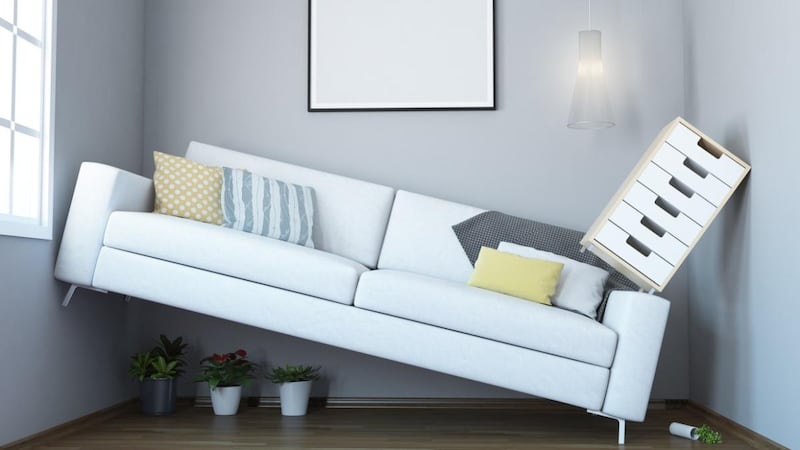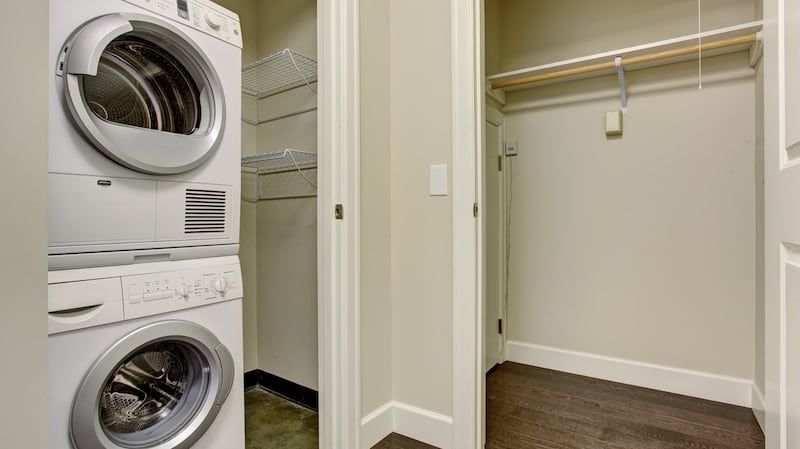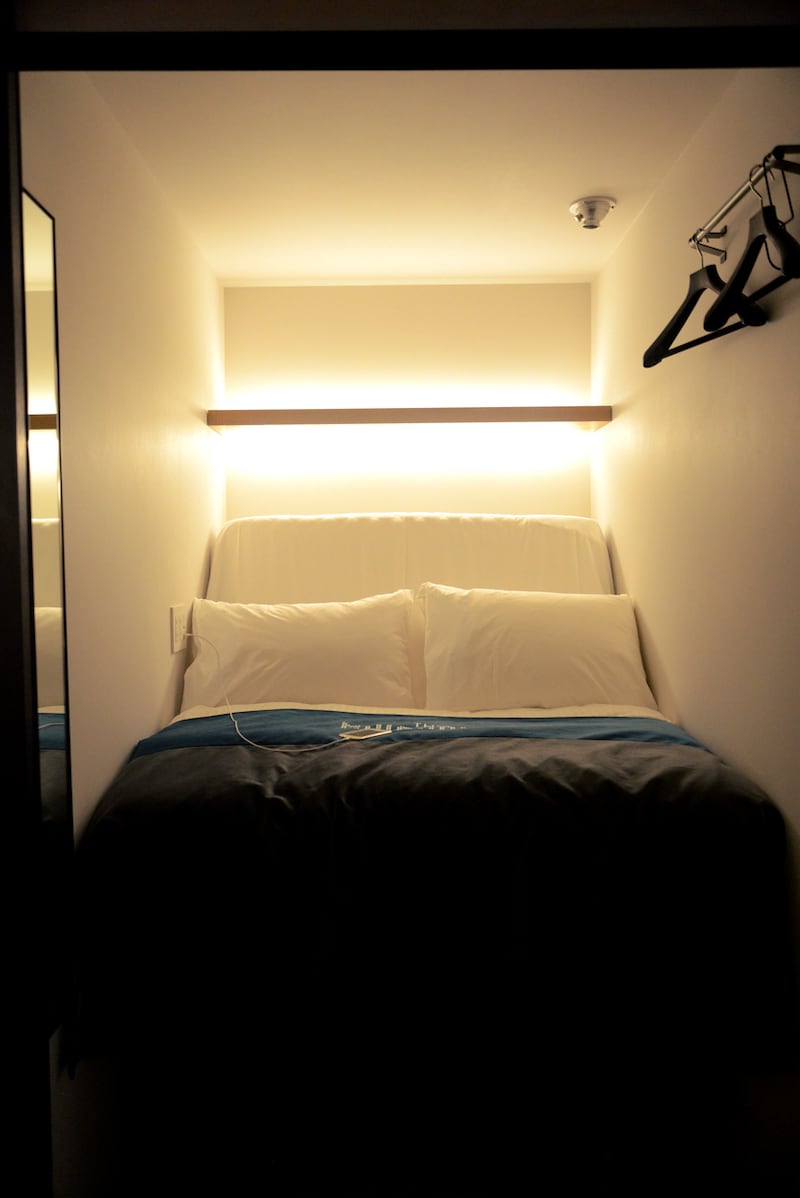I’m often asked about the minimum comfortable or functional size for rooms in a home. From utility rooms to walk-in wardrobes and larger spaces like open-plan living areas, there are minimum sizes – below which the spaces simply won’t work. I’ve put together what I call my Goldilocks Guide to room sizes, where the rooms are not too big and not too small, but just right.
Open-plan kitchen/living/dining
You see badly planned examples of open-plan layouts in a lot of showhouses of new homes schemes, where what is really only a kitchen/dining area is displayed with a couple of armchairs to make it look like it has a living space. While this might look inviting in a showhouse setting, in reality it isn’t going to work.


When planning a space that has more than one function it’s important that each area works well in its own right. By thinking about the layout as two or three different spaces it will make it easier for you to figure out exactly how much space you need overall.
Typically for an open-plan kitchen/living/dining area to feel spacious and for each space to function well in its own right, you should allow a minimum of 35sq m.
I am often asked about the space needed to comfortably fit a dining table for entertaining. You should allow 800mm between the table edge and any walls, this is so people can still get past when there are people sitting on the chairs, anything less than this will feel a bit too cramped.
Utility room
A utility room is an important room in any home and one that needs to function extremely well. Big isn’t necessarily the secret to success but maximizing every inch of space is.
The minimum functional width for a utility room should be the depth of a counter or appliance (600mm-650mm) plus enough space to comfortably move around (minimum of 1 metre). The length of the room should be a minimum of two appliances or 1.2 metres.
To make the most of the space, try to get as much of your stuff off the floor as possible. Ironing boards, brushes, mops and clothes-drying apparatus can all be hung on the wall or backs of doors, freeing up valuable floor space.
Walk-in wardrobe
A walk-in wardrobe is probably on 95 per cent of my clients’ wish lists. But unless you have a good amount of space to devote to your walk-in closet I would advise against it. Small walk-in wardrobes offer no advantage over traditional wardrobes and mean you often have to sacrifice space that would be better used elsewhere.
For a functional walk-in wardrobe you’ll need a total width of 1.6m minimum, (the depth of the wardrobe – 600mm – plus a minimum of 1 metre for circulation space) and you should allow between 2.5m and 3m in length.
I would recommend avoiding corner units – straight runs are the most efficient. Bear in mind that doors will take up space when opening, so open systems will allow a more compact space.

En suite
The minimum comfortable shower tray size I’d recommend is 900x900mm. You can get very compact en suites but for a space to feel comfortable there are a couple of layouts that work well. Option one with the sink, WC and shower all in one run or, option two with the shower on one side of the room and the WC and basin opposite. Both rooms need almost exactly the same dimensions.
If you go for option one, you’ll need 900mm for the shower tray, and a further 1.7 meters for the WC and basin (2.6 m in total) and you’ll need 1.7m in depth over all. For option two, you will need 1.7m minimum in width, this will accommodate a 500mm wide basin and you should allow 2.5 m in length to accommodate a 900mm wide shower.
Bedroom
When planning a bedroom you need to ensure you have sufficient space on either side of the bed to take a bedside table. This means leaving a minimum of 500mm on either side.
You should also have enough space to walk around the bed, this means you’ll need to allow a minimum of 800mm free space at the end of the bed. You also need at least 900mm clear space for entering the bedroom.
If you have wardrobes in the room you’ll need at least 800mm between the wardrobes and bed or wall to allow you to comfortably open the doors and have enough space to get dressed, etc.
So a typical bedroom with a queen-sized bed (1.5m x 2m) should measure 3.8m including depth of wardrobes (600mm) by a minimum of 2.8m in width.
Denise O’Connor is an architect and design consultant @optimisedesign











